

— Solutions —
—Products—
 Consumer hotline +8618073152920
Consumer hotline +8618073152920 WhatsApp:+8615367865107
Address:Room 102, District D, Houhu Industrial Park, Yuelu District, Changsha City, Hunan Province, China
Time:2024-05-12 15:09:25 Popularity:1436
I. Background
Natural disasters, such as typhoons, floods, heavy rains, droughts, high temperatures, etc., have great impacts on human society and the natural environment. In order to reduce the losses caused by these disasters and improve the ability of disaster prevention and mitigation, it is particularly important to build weather stations for disaster warning. The disaster warning weather station can monitor meteorological data in real time and transmit the data to relevant departments in real time through data processing and transmission equipment, providing strong support for disaster warning and emergency response.
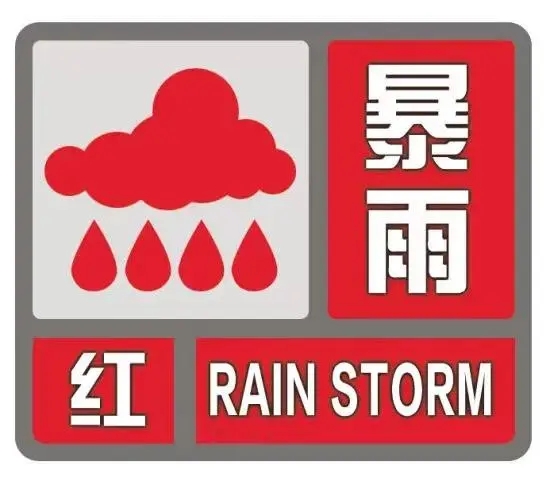
II. Objectives
1. to realize real-time monitoring and early warning of catastrophic meteorological conditions. 2. to improve disaster prevention and mitigation efforts.
2. to improve the pertinence and effectiveness of disaster prevention and mitigation. 3. to provide strong support for disaster warning and emergency response.
3. to provide scientific basis for disaster early warning and emergency response. 4. to reduce the impact of natural disasters on human society and emergency response.
4. to reduce the impact of natural disasters on human society and the natural environment.
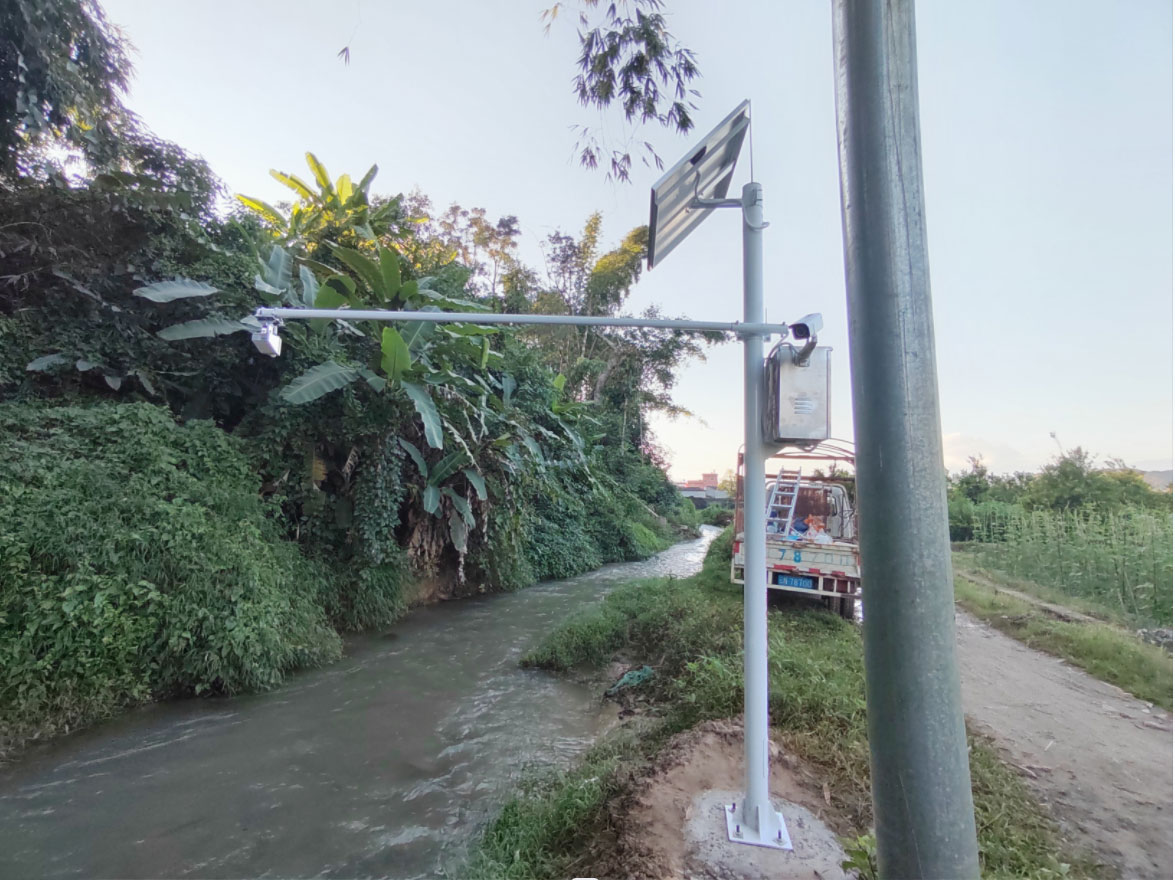
III, the content of the meteorological station program for disaster early warning
1. Site selection of meteorological stations: selecting suitable locations for the construction of meteorological stations. Meteorological stations need to be built in areas prone to natural disasters, such as mountainous areas, coastal areas, flood-prone areas, and so on. At the same time, considering the different types of disasters, different types of weather stations may need to be built in different types of areas.
2. Construction of meteorological stations for disaster early warning: it includes meteorological observation equipment, data transmission equipment, power supply facilities and so on.
Among them, the configuration of high-precision, multi-parameter meteorological sensors, but not limited to temperature, humidity, barometric pressure, wind speed, wind direction, precipitation, etc., as well as sensors required for the early warning of specific disasters, such as seismic wave sensors and water level sensors. Additional monitoring equipment may be required for specific natural disasters such as typhoons, floods, rainstorms, etc. These sensors will monitor and collect meteorological data in real time to provide basic data for the early warning system. The data transmission equipment adopts wireless transmission to realize real-time data transmission; the power supply facility adopts a combination of solar energy and storage battery to ensure the stable operation of the weather station.
3. Meteorological Data Acquisition and Processing: A reliable data transmission system must be established to transmit the real-time monitored data to the data processing center. The data of catastrophic meteorological factors are collected in real time through meteorological observation equipment, and the data transmission equipment is used to transmit the data to the data processing center in real time. The data processing center processes, analyzes and stores the collected data to provide data support for disaster warning and emergency response.
4. Disaster Early Warning System: Based on the meteorological data and disaster early warning index system, a disaster early warning model is established. When the monitored disastrous meteorological conditions reach the warning threshold, the system automatically sends out warning information to notify relevant departments and personnel to take corresponding disaster prevention and mitigation measures.
5. Disaster Early Warning Information Release: Real-time meteorological data and early warning information are released to the public through a variety of channels to enhance the public's awareness of disaster early warning and self-protection capabilities. The early warning information should include the type of disaster, warning level, scope of influence, and suggested measures.
6. Establishment of a sound emergency plan: Based on the meteorological data and disaster warning, a corresponding emergency plan is formulated to clarify the responsibilities of each department and response measures, including but not limited to evacuating people, transferring property, reinforcing buildings, etc., so as to improve the ability to cope with natural disasters.
7. Maintenance management: Regular maintenance and overhaul of meteorological monitoring equipment and early warning systems to ensure their long-term stable operation. At the same time, establish a professional maintenance team responsible for routine maintenance and troubleshooting.
8. Community participation: Encourage community residents to participate in disaster warning work, strengthen disaster prevention awareness and capacity, and improve the overall effectiveness of community response to disasters.
Weather station solutions for disaster early warning need to comprehensively consider many aspects such as monitoring equipment, data processing, early warning systems, emergency response mechanisms, etc., and work closely with relevant departments and communities to jointly improve disaster prevention and response capabilities.
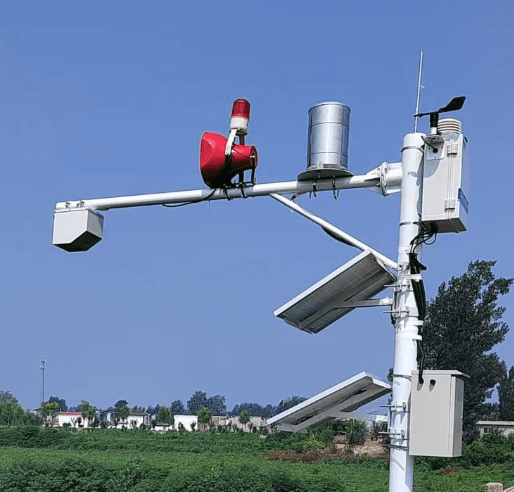
IV, the characteristics of the weather station solutions for disaster warning
1. Real-time monitoring and early warning: Real-time monitoring and early warning of meteorological data is realized through high-precision sensors and advanced data processing technology. The early warning information is accurate and reliable, which can detect the signs of disaster in advance and provide powerful support for disaster prevention and response.
2. Multi-parameter monitoring: the weather station can monitor a variety of meteorological parameters and specific disaster warning parameters, providing comprehensive and accurate data support for disaster warning.
3. High degree of automation: the system is highly automated, capable of realizing automated operation of data acquisition, transmission, processing and early warning, reducing the possibility of manual intervention and misoperation.
4. Multi-channel release: Early warning information can be released to relevant departments and the public through multiple channels, including SMS, Email, telephone, website, mobile application, TV, radio, etc. to ensure the timeliness and coverage of the information.
5. Strong scalability: the system has good scalability and can be expanded and upgraded according to the actual needs to meet the higher requirements of future disaster warning.
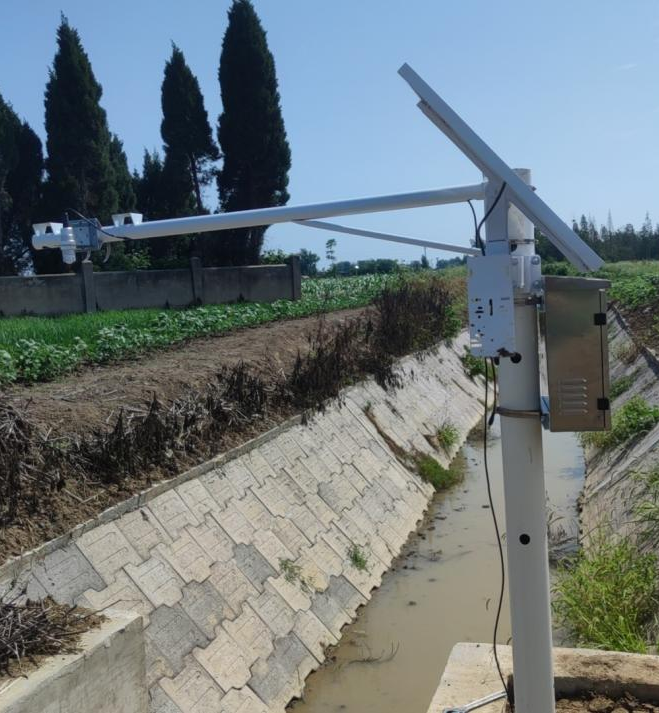
V. Expected effects
1. improve the monitoring capability of disastrous meteorological conditions and realize real-time early warning of natural disasters.
2. enhance the relevance and effectiveness of disaster prevention and mitigation work, and reduce the impact of natural disasters on human society and the natural environment.
3. to provide scientific basis for disaster early warning and emergency response, and to improve the level of response to sudden-onset natural disasters.
4. to raise public awareness of disaster warning and form a favorable atmosphere for the whole society to participate in disaster prevention and mitigation.
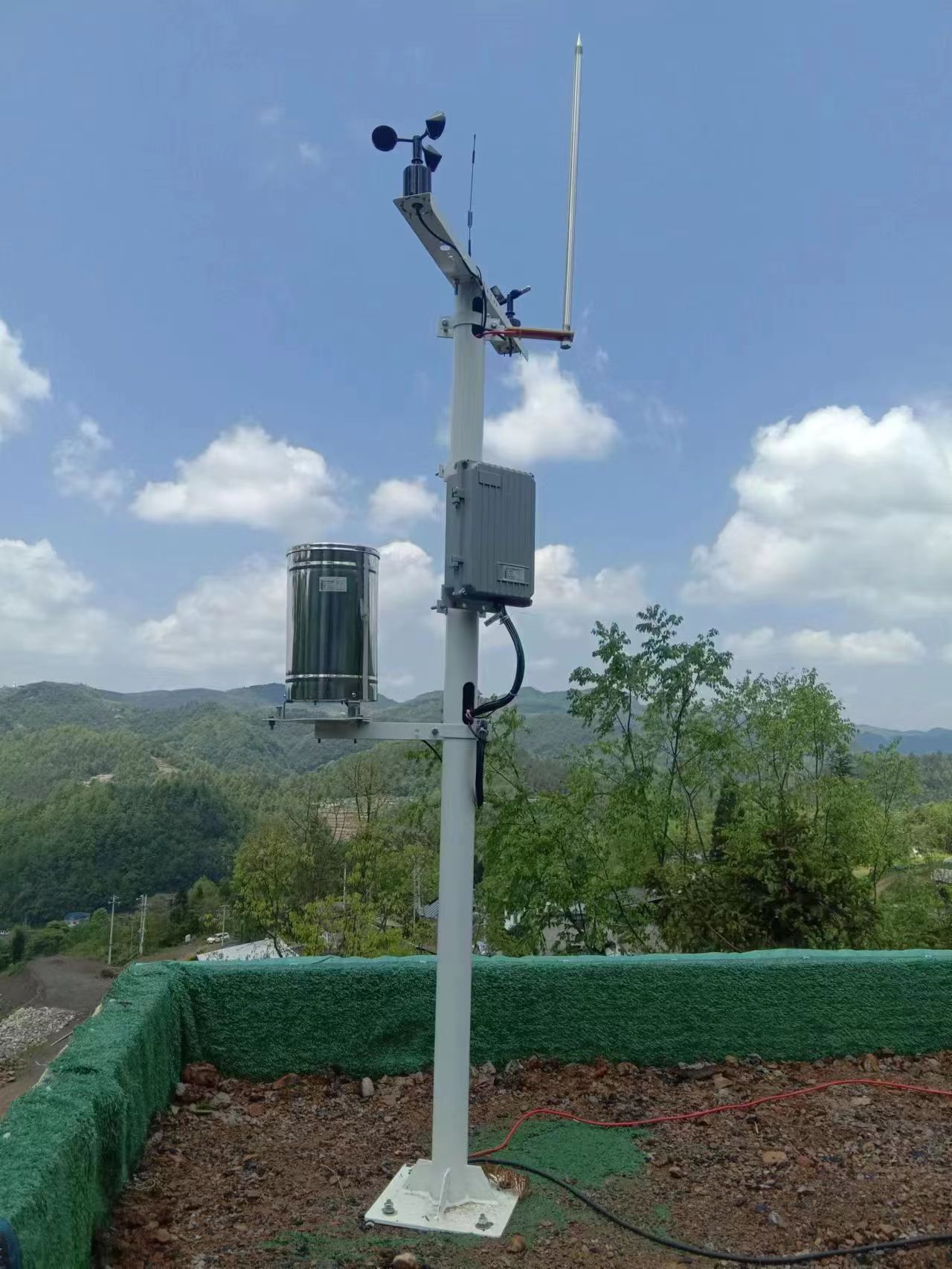
VI. Implementation Guarantee
1. Policy support: actively seek support from relevant government departments and incorporate the construction of disaster warning weather stations into the national disaster prevention and mitigation project planning.
2. Financial guarantee: raise funds through government investment, enterprise cooperation and other channels to ensure the financial needs for the construction and operation of weather stations.
3. Technical support: cooperate with meteorological, disaster prevention and reduction, scientific research and other departments to introduce advanced meteorological observation equipment and data processing technology to improve the construction level of weather stations.
4. talent cultivation: strengthen the cultivation of meteorological talents for disaster prevention and mitigation, and improve the operational quality and professional skills of meteorological station staff.
5. Publicity and education: use a variety of publicity channels to increase the publicity of disaster prevention and mitigation knowledge, and improve the public's awareness of disaster warning.
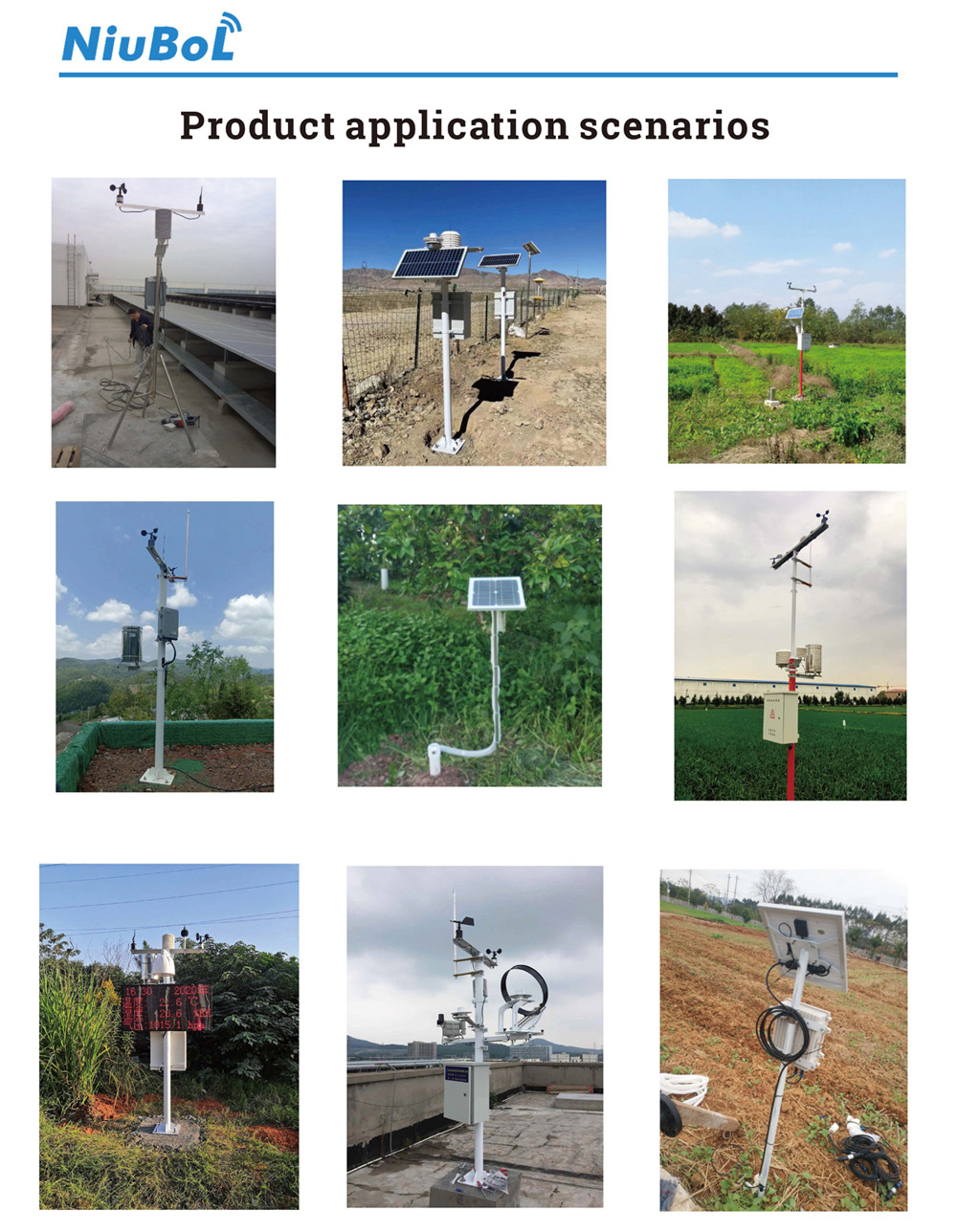
In summary, weather stations for disaster early warning refer to weather station facilities specialized in monitoring and early warning of natural disasters. These weather stations are usually equipped with a variety of meteorological monitoring equipment, such as temperature sensors, humidity sensors, precipitation meters, anemometers, water level sensors, etc., and are capable of real-time monitoring of changes in various meteorological elements. By collecting and analyzing real-time meteorological data, weather stations for disaster warning are able to provide timely warnings of various types of natural disasters, such as typhoons, floods, torrential rains, droughts, etc., so as to help the relevant departments and communities to take effective precautionary and relief measures to reduce the losses caused by disasters. These weather stations usually work closely with disaster management agencies, meteorological departments, emergency response departments and other relevant organizations to build a disaster early warning system and improve society's ability to respond to natural disasters.
Related recommendations
Sensors & Weather Stations Catalog
Agriculture Sensors and Weather Stations Catalog-NiuBoL.pdf
Weather Stations Catalog-NiuBoL.pdf
Related products
 Combined air temperature and relative humidity sensor
Combined air temperature and relative humidity sensor Soil Moisture Temperature sensor for irrigation
Soil Moisture Temperature sensor for irrigation Soil pH sensor RS485 soil Testing instrument soil ph meter for agriculture
Soil pH sensor RS485 soil Testing instrument soil ph meter for agriculture Wind Speed sensor Output Modbus/RS485/Analog/0-5V/4-20mA
Wind Speed sensor Output Modbus/RS485/Analog/0-5V/4-20mA Tipping bucket rain gauge for weather monitoring auto rainfall sensor RS485/Outdoor/stainless steel
Tipping bucket rain gauge for weather monitoring auto rainfall sensor RS485/Outdoor/stainless steel Pyranometer Solar Radiation Sensor 4-20mA/RS485
Pyranometer Solar Radiation Sensor 4-20mA/RS485
Screenshot, WhatsApp to identify the QR code
WhatsApp number:+8615367865107
(Click on WhatsApp to copy and add friends)
